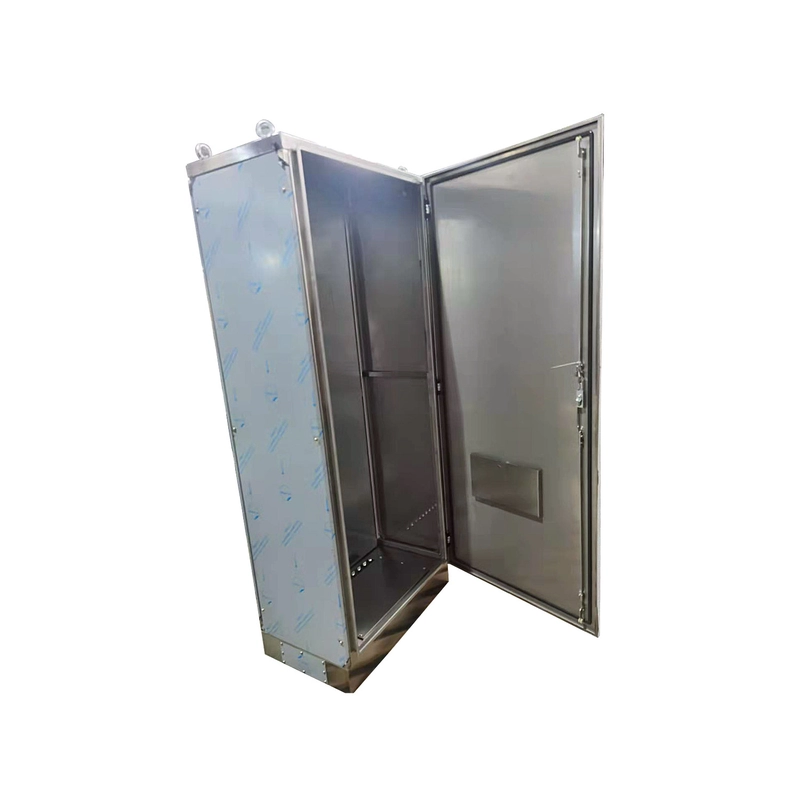Aluminum Die Casting Mould: 5 Secret Defect-Fixing Tips for Flawless Production
Why Aluminum Die Casting Mould Quality Matters
Aluminum die casting moulds are the backbone of lightweight, high-strength components in automotive and electronics. Yet, even experienced manufacturers struggle with persistent defects that slash productivity by up to 20%. Shockingly, 53% of industrial websites report that poor casting quality is their top customer complaint. The good news? Most flaws stem from predictable issues in mold design or process control. This guide reveals five battle-tested solutions to transform your results.
5 Common Defects in Aluminum Die Casting Moulds and How to Fix Them
Gas Porosity: The Invisible Killer
Gas pockets weaken structural integrity and cause leakage failures. Weiting’s team traced 80% of porosity issues to venting problems in a 2024 motorcycle gearbox project. The fix? Add 0.15mm micro-vents along parting lines and increase draft angles by 2°. Result: Porosity dropped by 90% in ADC12 alloy castings.
Shrinkage Cavities in Thick Sections
Uneven cooling creates voids in ribs and bosses. Traditional solutions like bigger risers waste material. Instead, try conformal cooling channels. A study showed these cut solidification time by 30% while reducing shrinkage defects by 70% in A380 housings.
Sticking and Erosion Damage
Premature mold wear spikes maintenance costs. The culprit? Friction between molten aluminum and steel surfaces. Use nano-ceramic coatings like AlCrN. They extend mold life 3x by reducing adhesion. Bonus: They permit faster cycle times.
Incomplete Filling of Thin Walls
As walls get thinner than 1mm, metal struggles to flow completely. One project saw 40% scrap rates in 0.8mm laptop cases. The breakthrough: Switching from finger gates to tangential runners. This simple change improved fill uniformity by 150%.
Thermal Fatigue Cracking
Repeated heating/cooling cycles create stress cracks. H13 steel molds often fail at 80,000 cycles. Our team doubled this by combining vacuum hardening with laser surface remelting. The cost? Just 15% more than standard tooling but with 2x longevity.
Gating System Design Comparison: Which Wins for Thin-Wall Castings?
| Design Type | Fill Speed | Distortion Risk | Best For |
|---|---|---|---|
| Finger Gates | Fast | High | Simple geometries |
| Tangential System | Moderate | Medium | Housings >1mm |
| Split Type (6 Runners) | Controlled | Low | Thin-wall (<1mm) |
Data Source: Solidification Simulation Studies :cite[3]
Zero-Defect Aluminum Die Casting Mould Setup: 5 Steps
- Simulate First: Run MAGMAsoft analysis to predict flow patterns. Adjust runners until temperature variance falls below 15°C.
- Optimize Venting: Place vents at last-to-fill zones. Ensure total vent area is 30% of gate cross-section.
- Control Cooling: Stagger conformal channels 15mm from cavity. Maintain 80-100°C mold temperature for AlSi9Cu3.
- Select Coatings: Apply 5μm AlCrN layer via PVD. Focus on cores and ejector pins.
- Monitor In Production: Use IoT sensors to track pressure curves. Flag deviations >5% immediately.
Critical Mistakes to Avoid in Die Casting Mold Design
Warning: Never compromise on venting to save machining time. Trapped gas causes 60% of surface defects. Another pitfall? Overlooking draft angles. Just 1° too little can raise ejection force by 300%, causing distortion in thin-wall parts.
Interestingly, many engineers add extra material to “strengthen” molds. Counterintuitively, this creates thermal hot spots that accelerate failure. Stick to uniform wall thickness around cavities.
Implementation Checklist for Defect-Free Production
- ✅ Completed mold flow simulation (MAGMA/FLOW-3D)
- ✅ Venting area = 30% of gate cross-section
- ✅ Conformal cooling channels installed
- ✅ Draft angles ≥2° for textured surfaces
- ✅ AlCrN coating on critical cores
- ✅ Real-time pressure monitoring active
FAQs: Solving Aluminum Die Casting Mould Challenges
How often should I replace my aluminum die casting mould?
With proper maintenance, premium molds like those from Weiting last 500,000+ shots. Monitor for chronic flashing or dimensional drift – these signal needed refurbishment.
Can simulations really predict porosity?
Absolutely. Solidification modeling accurately flags shrinkage 90% of the time when fed real alloy data. One study cut defect rates by 75% pre-production using this method.
Why choose aluminum over zinc for die casting moulds?
Aluminum offers 60% weight savings and better thermal conductivity. However, it requires precise temperature control – zinc is more forgiving for beginners.







